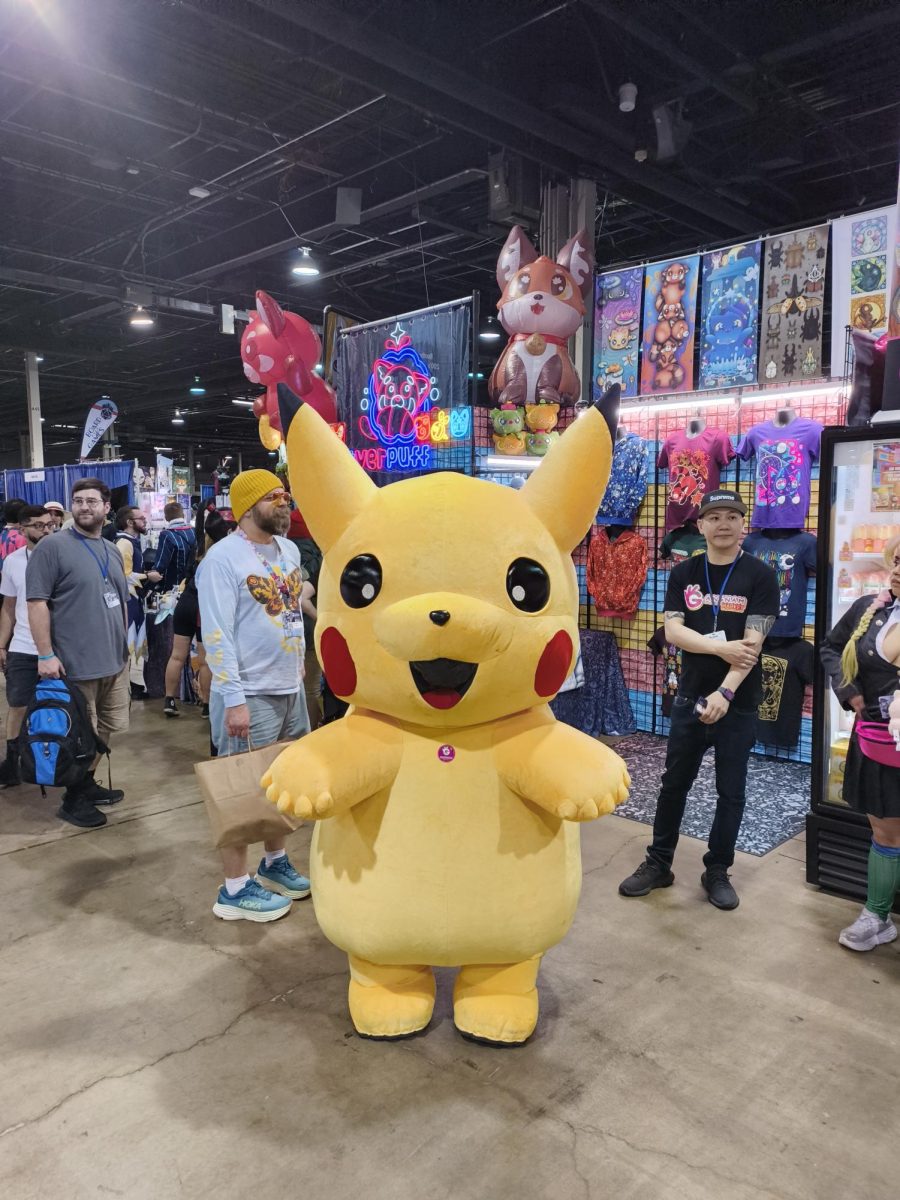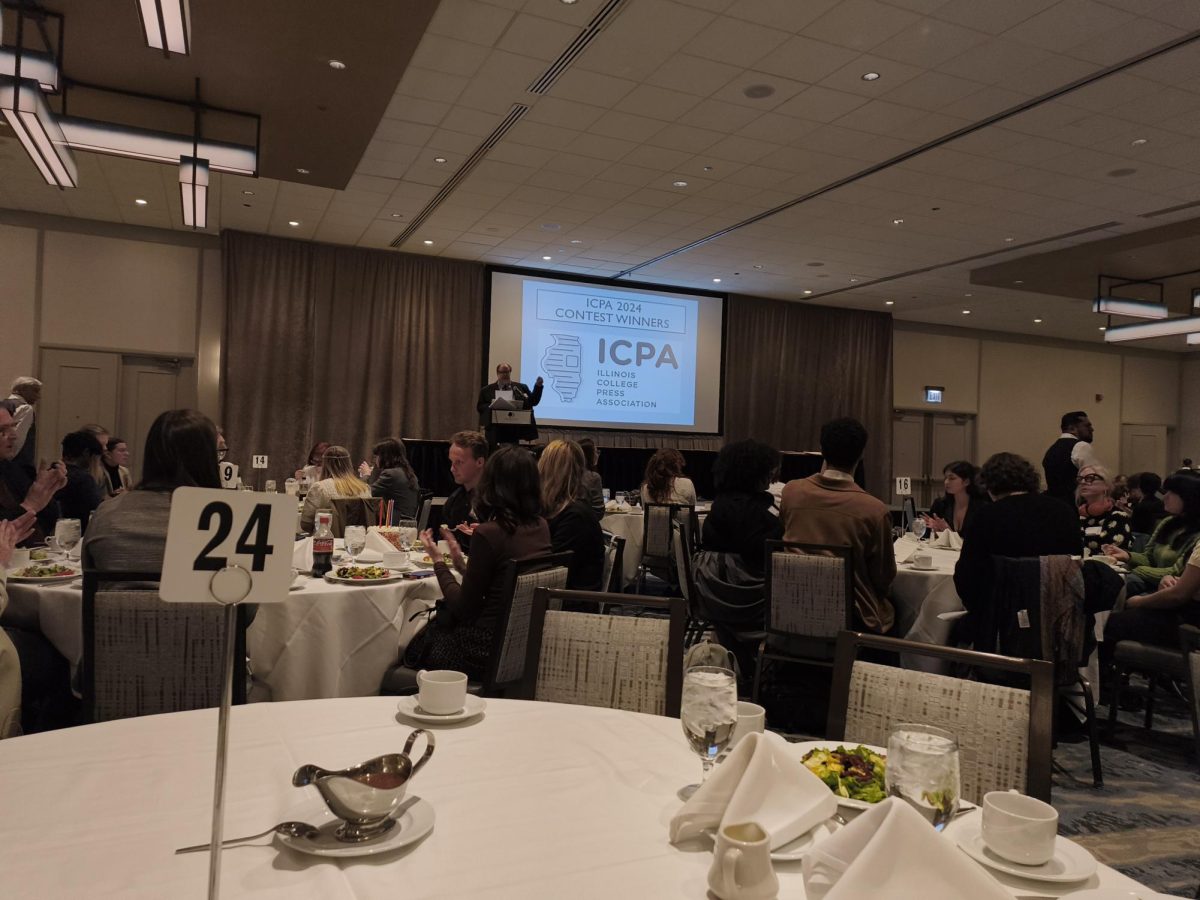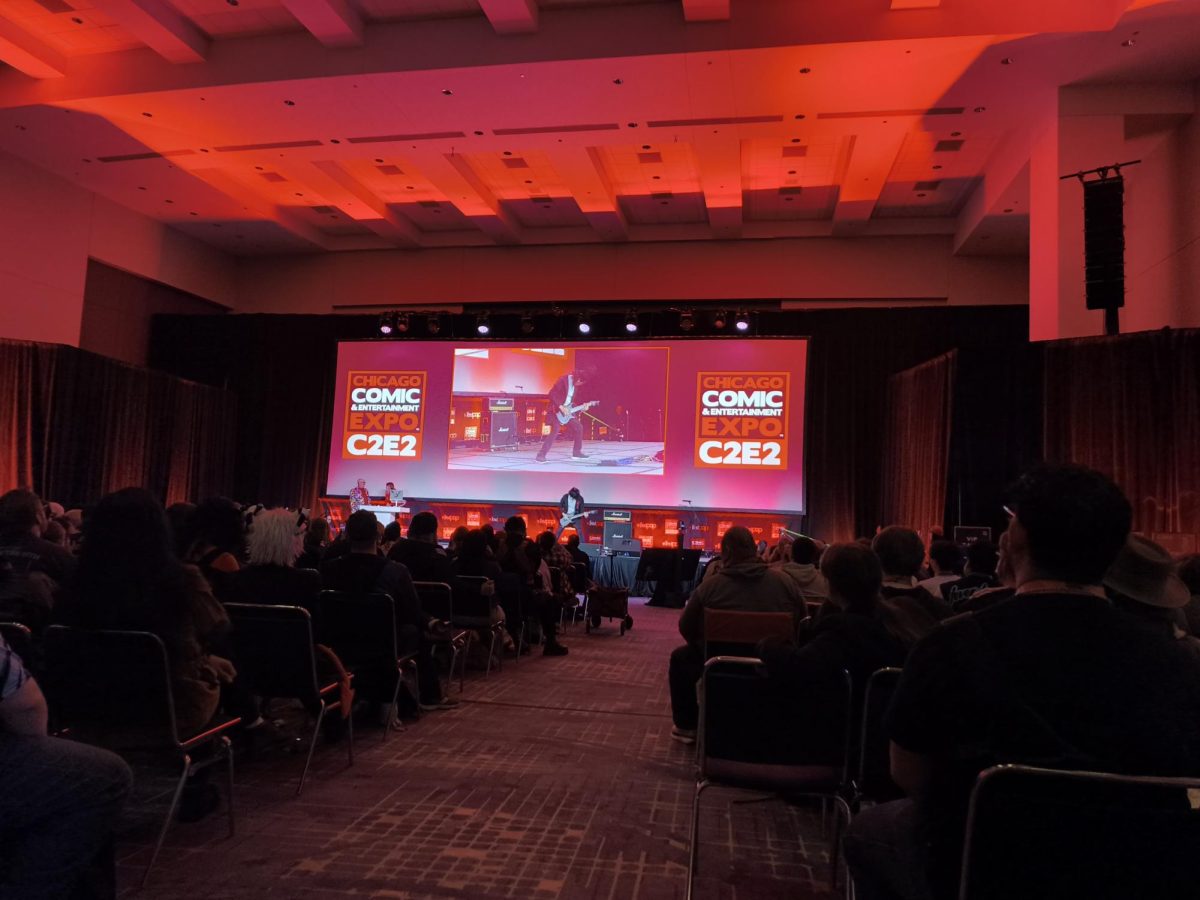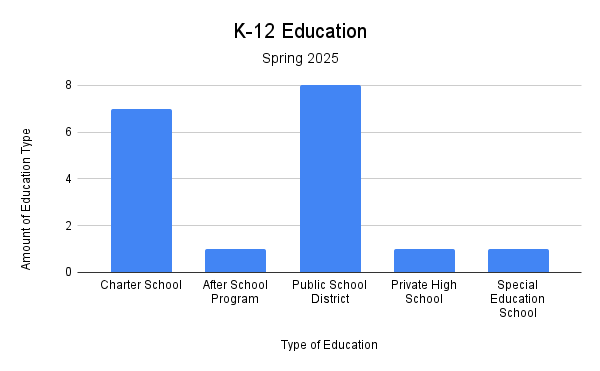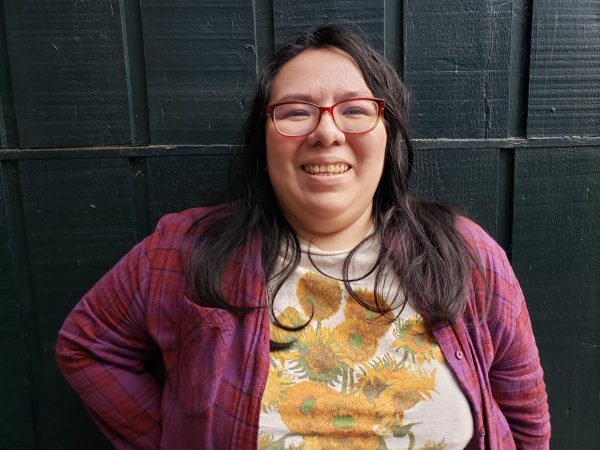TikTok, a viral social media app, has been a refuge for several NEIU students, either as a news source, finding community and being their true selves.
The app’s short form content ranges from a couple of seconds to several minutes long, with various topics that viewers can see on their “For You Page” (FYP), which changes on a daily basis.
In the last few years, the app has been scrutinized by lawmakers and critics due to the content of the app (i.e protests), the Chinese-owned company, ByteDance and for misinformation.
The Independent interviewed a few NEIU students to get a closer look as to what students watch on the app. The following students were interviewed a few days after the date set for the first ban, on Jan. 19, 2025, and were followed up a few days after the date set for the second ban, April 5th.
For You Pages
Agata Soltys, a graduate student in Human Developmental Science, joined TikTok in late 2019. As she got used to the rhythm and the content of the app, she found a lot of dancing videos on her FYP, including the likes of social media influencers Charli D’Amelio and Addison Rae.
“So that app can be used as an outlet to express themselves and for them to feel safe and accepted. And perhaps that could be life changing,” Soltys said as she discovered her identity as a queer person at a young age, but was not open about it to people for years.
Soltys embraced her queerness through videos and creators that were on her FYP, as well as later opening up to her friends and family. “So I really liked that, and I found that other people outside of that community too found their own communities, and we’re all just kind of, you know, vibing with each other.”
One user Mo Cofre, an undergraduate student working on a social work degree, uses the platform for making videos, along with using it to find a community relating to alternative music, like Deftones and Peaceville Records, and fashion style.
In early 2025, Cofre had a 30 second video go viral with one million views. This video involved their sibling playing with Jelly Blox, with text stating “Getting my autism sibling jelly blocks, because not everyone has an autism”, based on a viral trend at the time. Several comments were critical of the video, such as “dehumanizing”.
Cofre had consulted with their siblings before posting it online, as both are on the autism spectrum. “Like everybody online wants to ruin things forever, and you can’t have a video or post something without someone being upset.” Because of backlash, Cofre took down the video after a few days. “Yeah. I mean, everyone will have a problem with anything you post, no matter what it is like.”
“Honestly, I’ve just grown to love the platform, one for how it works, how easy it is, and how simple it is to get connected with one another and the sense of community adaptation.” Daniela Navarrete said in an interview with the Independent in late January. A marketing student in her bachelor’s program, Navarrete is also involved on campus as the president of Student Government Association.
Navarrete used the platform when it was still known as Musical.ly, before it transformed into the app that it is today. She follows several accounts relating to zoology, biology, along with feminine figures, such as Alexandria Ocasio-Cortez, a United States representative of New York’s 14th District, and Attorney Kathleen Martinez, an immigration lawyer.
During the time of the interview, Navarrete’s FYP also showed a lot of news videos, a lot of which related to the date of the first ban. “I feel like it has been the recent thing in the last few weeks, but I think it’s also because of all the policies and stuff that are going in currently, everyone’s watching the news. A lot of eyes are in the news, and it’s just gonna continue being that way until it calms down a bit.”
The TikTok Blackout
Cofre recalled when the app went dark for them, “When it did, I was upset, because I don’t know, I like to talk. I like it, and there’s a lot of things about it that I don’t like, and sometimes I have to take a break from it because it just pisses me off, but I still like it.” For several weeks after the app came back online, it was removed for users to download from the Google’s Play Store and from Apple’s iOS app store.
Navarrete expressed her disappointment during the time it was dark, recalling the defunct app Vine, “It just made me feel like ‘aww dang, here we go, another platform that I can’t really use anymore’, because either it’s not in use or, here we go, a political stance on it that basically took it down.”
Censorsh–
Soltys noticed a change before and after the first ban date regarding censorship on TikTok. Often, she saw videos of conflicts regarding wars and genocides, within and outside the United States. “We got to see that firsthand, and we got to make a change with that, and change our perception of everything going on globally.”
After the app went back online, she saw suppression of certain topics on videos; including creators posting videos of them holding up signs but not vocally saying them, for fear of being suppressed for other users. She is not the only user from NEIU that also noticed.
“I have, and I do feel like there’s a difference.” Navarrete said.” Whenever there [are], like, posts about certain political things, it’s like, hey, it might be harmful to interact with this.”
Cofre, on the contrary, felt that censorship was always on the app. “They’re very strict about what you can post, and I haven’t noticed it being more censored and less censored. But I know if you mention Palestine, your videos will be taken down. If you do make a video about anything radical, there’s a good chance it’ll be taken down.”
Aftermath
The Independent reached out to Soltys after the date of the second ban was supposed to take place, “I’m honestly really relieved that the ban didn’t go through…at least for now. TikTok has been such a valuable space for me, not just socially but personally.” Soltys said in a statement to the Independent, a few days after April 5th, the date that the ban was supposed to take place, but was averted.
“It’s a space where I’ve developed resilience, learned so much, and found people who share similar experiences. It’s also a huge part of how I discover hobbies and interests (like getting back into reading) so I’m definitely thankful that the ban was averted,” Soltys said.
The Independent reached back out to Navarrete shortly after the date of the second ban to hear her thoughts, “What more can they do to get rid of it?” She asked rhetorically, after noting it was sad that there would have been another ban. After finding out that there was an additional 75-day extension. “‘Cause I feel like there would have been more people upset about it, at least on the application.”
The Independent also reached out to Cofre for comment about the date of the second ban. They had little to no information about that date, as several creators they followed had not reported on the ban extension, and they have not seen videos on the platform regarding it.
TikTok can be used for comfort, a way to find new topics outside of what you know, and a way to connect with people. It can open the world to someone that hasn’t had the chance to explore, despite of the challenges when using the app.





